Why Does Your Cat Paw at Her Water Bowl? Should You Let Her?
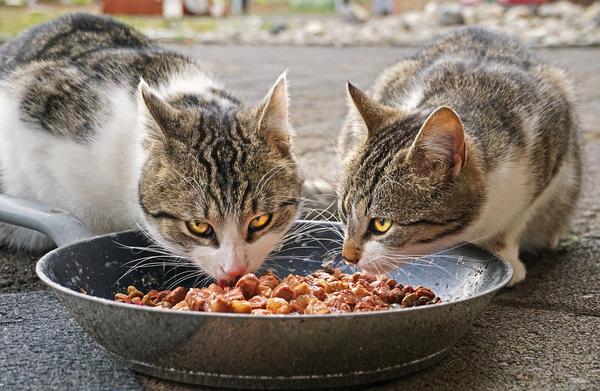
Got a problem with your furball?
We all do.
But here's the thing:
If you ignore your cat's weird pawing antics at her water bowl, you could be in for a world of trouble. 😺
Find out why and what to do about it in today's guide.
Let's dive in now!
Possible Explanations for Cat Pawing at Water Bowl
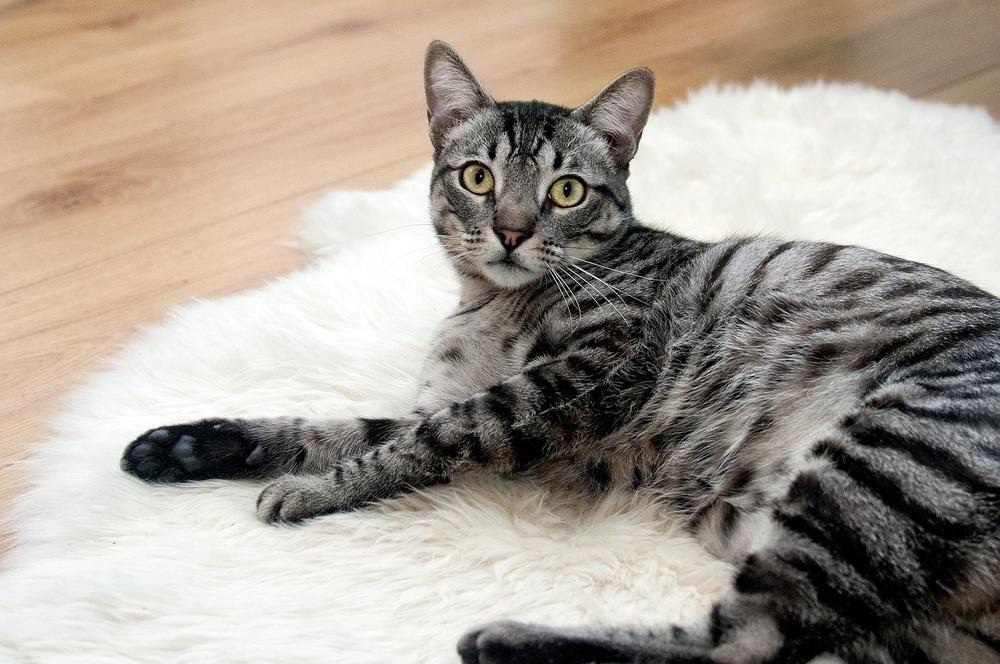
Here are some possible reasons why your cat is pawing at its water bowl:
- Cats are naturally attracted to water that's moving.
- They may be pretending to hear the sound of flowing water.
- Pawing helps them check how much water is in the bowl before they drink it.
- They might be trying to cover up or hide the water bowl.
- This behavior could mean they want fresh water.
- It might be a sign that they're feeling thirsty.
- Cats sometimes paw at their water bowl to remove any dirt or debris.
- By pawing, they can cool down their paws.
- Some cats enjoy the refreshing sensation of aerated water.
- This behavior allows them to mark their territory by leaving scent in the water.
If your cat does this too much or shows other worrying signs, it's best to consult a vet. 😺
Main points I'll expand upon further down this article:
- Pawing behavior in cats can have various meanings and motivations.
- Cats may paw at their water bowl out of curiosity, playfulness, or to release excess energy.
- It can also be a sign of contentment, pleasure, or a way to claim territory.
- Some cats enjoy the reflective properties of water and paw at their bowl for entertainment.
- Cats may bat at their water to create movement since stagnant water is seen as unsafe.
- Pawing behavior can be a result of feeling insecure or not wanting to turn their back while eating or drinking.
- Stress and environmental changes can contribute to pawing behavior in cats.
- Whisker fatigue can cause discomfort and pawing behavior, so using wide and shallow bowls is recommended.
- Providing a clean and fresh water source is important to prevent scratching behavior.
- Using a recirculating water fountain and interactive playtime can help redirect pawing behavior.
And so, now that we have explored the possible explanations for why cats engage in this behavior, let me delve further into the significance of their pawing at the water bowl and what it might reveal about their instincts, needs, and desires.
Understanding the Instinctual Behavior of Cats
Cats paw at their water bowl for reasons such as checking for cleanliness, expressing curiosity, playfulness, happiness, and imitating their wild instincts. It can also indicate insecurity or caution. Understanding these instinctual behaviors helps us better care for our feline companions.
Cats paw at the water bowl for various reasons, buddy.
One reason is to check if the water is clean.
They have a survival instinct to avoid dirty water that could harm them.
Another reason is curiosity and playfulness.
Cats are naturally nosy creatures.
Some cats paw at the water bowl when they're happy and content. It's like saying, Life is good.
You know what?
Some cats do it just for fun.
They enjoy watching the ripples in the water, like their own personal show.
But wait...
Did you know that in the wild, water can become stagnant?
Well, some cats paw at the water bowl because they want to imitate their natural instincts.
They try to keep the water flowing, like in the wild.
And sometimes, pal, pawing at the water bowl shows insecurity or caution.
They want to stay alert while eating or drinking.
So, next time your cat paws at the water, remember, it's all part of their natural behavior and instincts.
And you know what? When it comes to cats and their behaviors, the surprising ways they interact with us are endless.
If you've ever wondered why your cat is biting your ear or if it's something you should be concerned about, I have the perfect article for you.
For those curious minds, I invite you to explore my blog post on the topic: Why Does My Cat Bite My Ear.
It's packed with insightful information and helpful solutions to understand this peculiar behavior.
Addressing Potential Anxiety or Stress in Cats
If you see your cat batting at the water bowl or acting stressed out, here's what you can do about it:
- Look at any recent changes in your cat's surroundings.
- Stick to a regular schedule for feeding and playtime.
- Make sure your cat has places to hide and feel safe.
- Try using pheromone diffusers or calming sprays.
- Spend time playing with your cat every day.
- Use toys that make your cat think or give them treats.
- Think about using anxiety-reducing supplements or meds if your vet recommends it.
- Give your cat a quiet spot where they can relax.
- Teach them good behavior through positive reinforcement.
- Talk to a vet for more help and advice. 🐱
It's super critical to take care of your cat's stress and anxiety so they're happy and healthy.

And now, let's dive into the reasons behind cats' pawing behavior and explore some effective solutions to address it...
Common Mistakes Pet Owners Make with Cat Water Bowls
Placing the water bowl correctly
See, you really want to find a good spot for your cat's water bowl. If you place it too close to the wall, it can make your furry friend feel vulnerable while they're drinking. And what happens when your cat feels vulnerable?
Well, they might start pawing at their water bowl like there's no tomorrow!
One reason why cats paw at their water bowl is something called whisker fatigue.
It's when their sensitive little whiskers get overstimulated by touching the edges of a narrow water bowl.
Ouch. Who wants that?
To fix this problem, consider using a wide and shallow water bowl. This will give your cat more room to drink comfortably without those pesky whiskers getting in the way.
Keeping the water bowl clean and fresh
Now, let's talk about cleanliness. Just imagine if you had to drink out of a dirty, unpleasant glass. Yuck, right?
Well, your cat agrees with you.
That's why you should change the water in their bowl at least twice a day.
You see, some cats can be quite finicky (don't worry, it's not just yours). If they find their water dirty or smelly, they may start scratching at it or refuse to drink altogether.
So spare yourself the drama and provide them with fresh, clean water regularly.
Oh, and here's another tip:
Use a mat around the water dish.
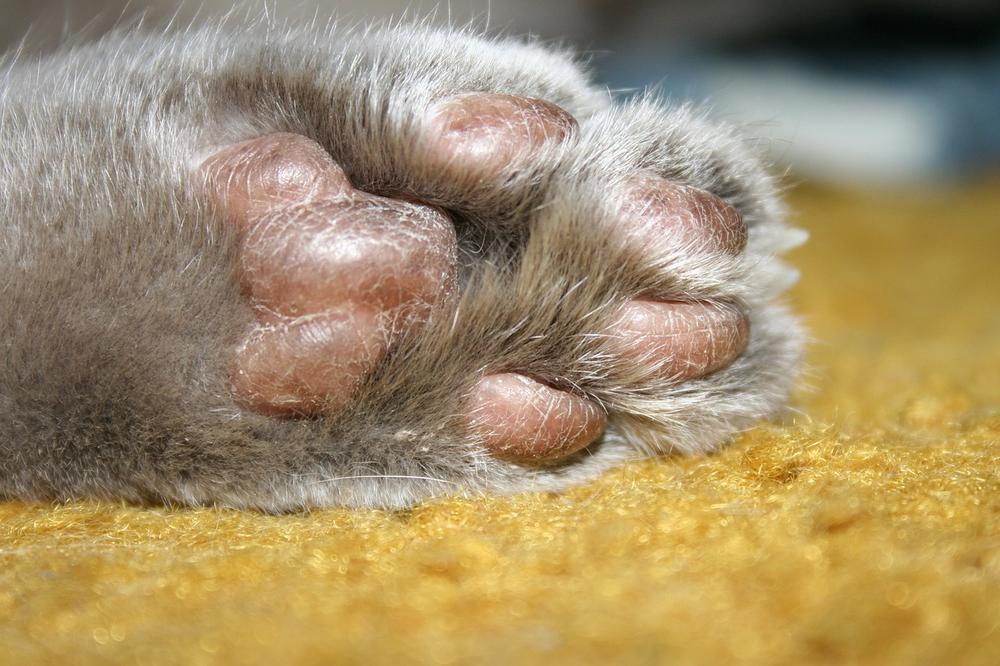
Not only will it catch any spills, but it will also protect your floors from those sharp cat claws. Trust me, your surfaces will thank you.
Separating food and water bowls
Alright, last but not least, let's discuss mealtime manners. Have you ever noticed your cat going all diva mode when they eat?
Maybe they bump into the water bowl or refuse to eat altogether.
Well, I've got a solution for you.
You need to feed your cat separately from their water bowl. That means moving the food and water bowls to opposite sides of the room. Why?
Because some cats don't like mixing mealtime with hydration time. It's like they want to keep them on different schedules or something.
By separating these two things, you're helping your cat feel more comfortable during meals. And let's face it, a happy cat equals a happy life (for both of you).
So there you have it, my cat-loving friends.
Remember, taking care of your cat's water bowl is essential for their well-being.
Find the right spot, keep it clean, and separate it from their food bowl.
With that being said, go give your furry friend some fresh water.
They'll thank you for it!
And it gets better...
Introducing a water fountain for your cat's drinking needs.
But have you ever wondered why cats are naturally drawn to moving water?
How to Encourage Your Cat to Drink More Water
Adding a water fountain can attract cats because they like the natural flow compared to stagnant water.
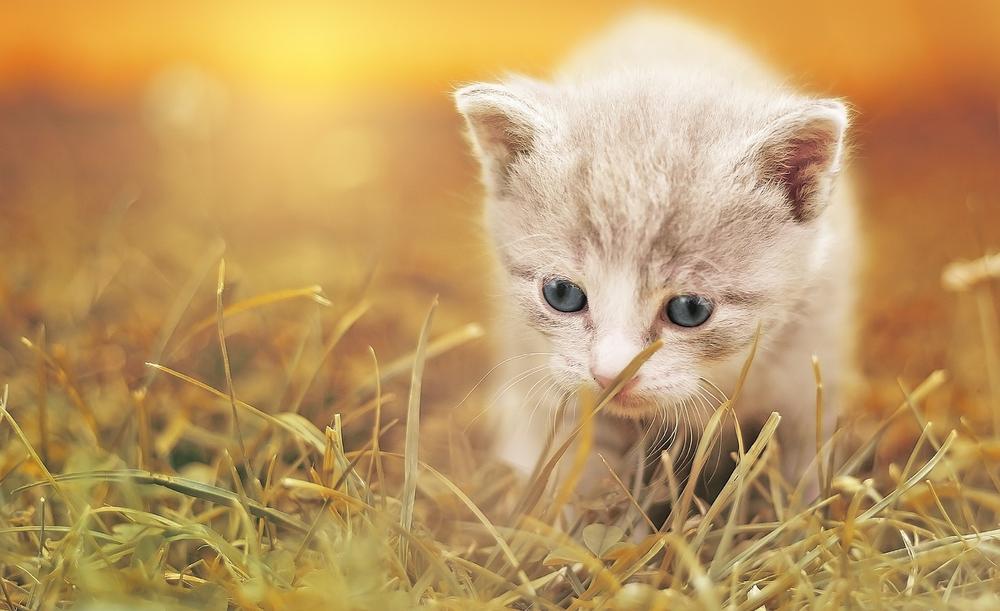
Cats find moving water more refreshing and stimulating, which encourages them to drink more.
A water fountain enhances the drinking experience for cats, making it more entertaining and inviting. This can lead to increased water intake, ultimately ensuring your feline friend stays hydrated.
Opting for a water fountain with charcoal filters not only promotes higher water consumption but also helps prevent dehydration and potential health problems.
Tips for Preventing Cat Pawing at Water Bowl
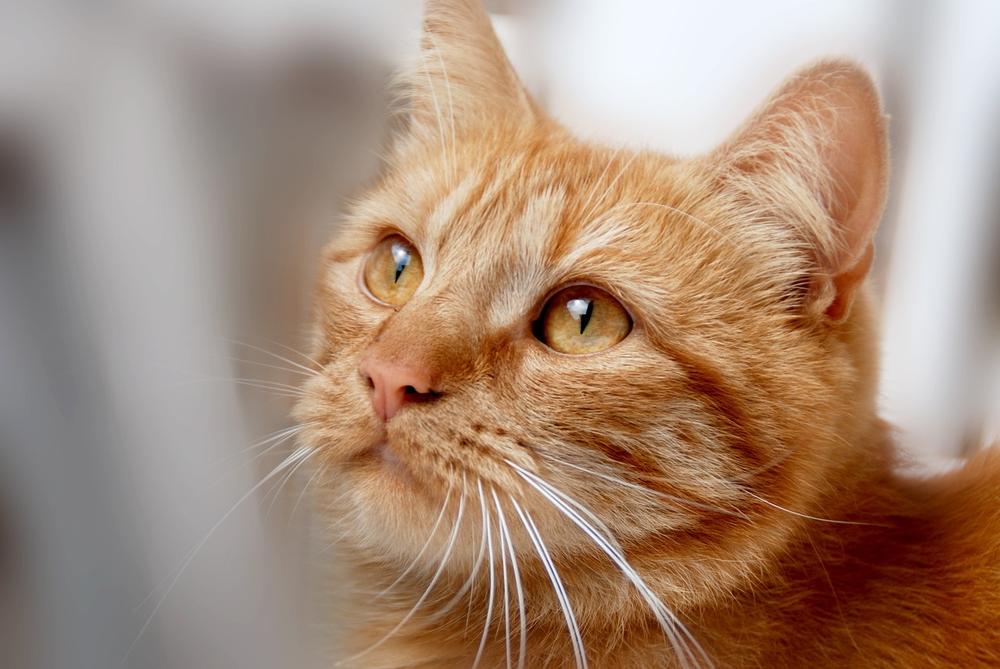
Here are 10 tips to stop your cat from pawing at their water bowl:
- Play with your cat using interactive toys and give them plenty of exercise to burn off excess energy.
- Know that pawing behavior is usually normal, unless there's an underlying issue.
- Try different types of bowls or fountains to minimize water spillage.
- Talk to your vet for advice on how to prevent your cat from pawing at the water bowl.
- Consider getting a recirculating water fountain for your cat.
- Keep your cat busy with interactive playtime to redirect their pawing behavior.
- Use special bowls designed to provide relief for your cat's whiskers.
- If the pawing behavior continues or worries you, consult your vet for further guidance.
- Don't punish your cat for pawing; reward-based training tends to be more effective.
- Place litter mats under the food and water bowls to catch any messes.
If you want to stop your cat from pawing at their water bowl, you have to understand and be patient with their behavior. By following these suggestions and seeking professional help, you can create a water bowl area where your cat won't feel the need to paw.
And that wraps up today's article.
If you wish to read more of my useful articles, I recommend you check out some of these: Why Does My Cat Like Her Nose Rubbed, How Do I Know if a Mother Cat Has Abandoned Her Kittens, Why Does My Cat Scratch the Floor After Using the Litterbox, Can You Keep a Cat in a Cage During the Day, and Cat Makes Groaning Noise When Sleeping
Talk soon,
-Sarah Davis